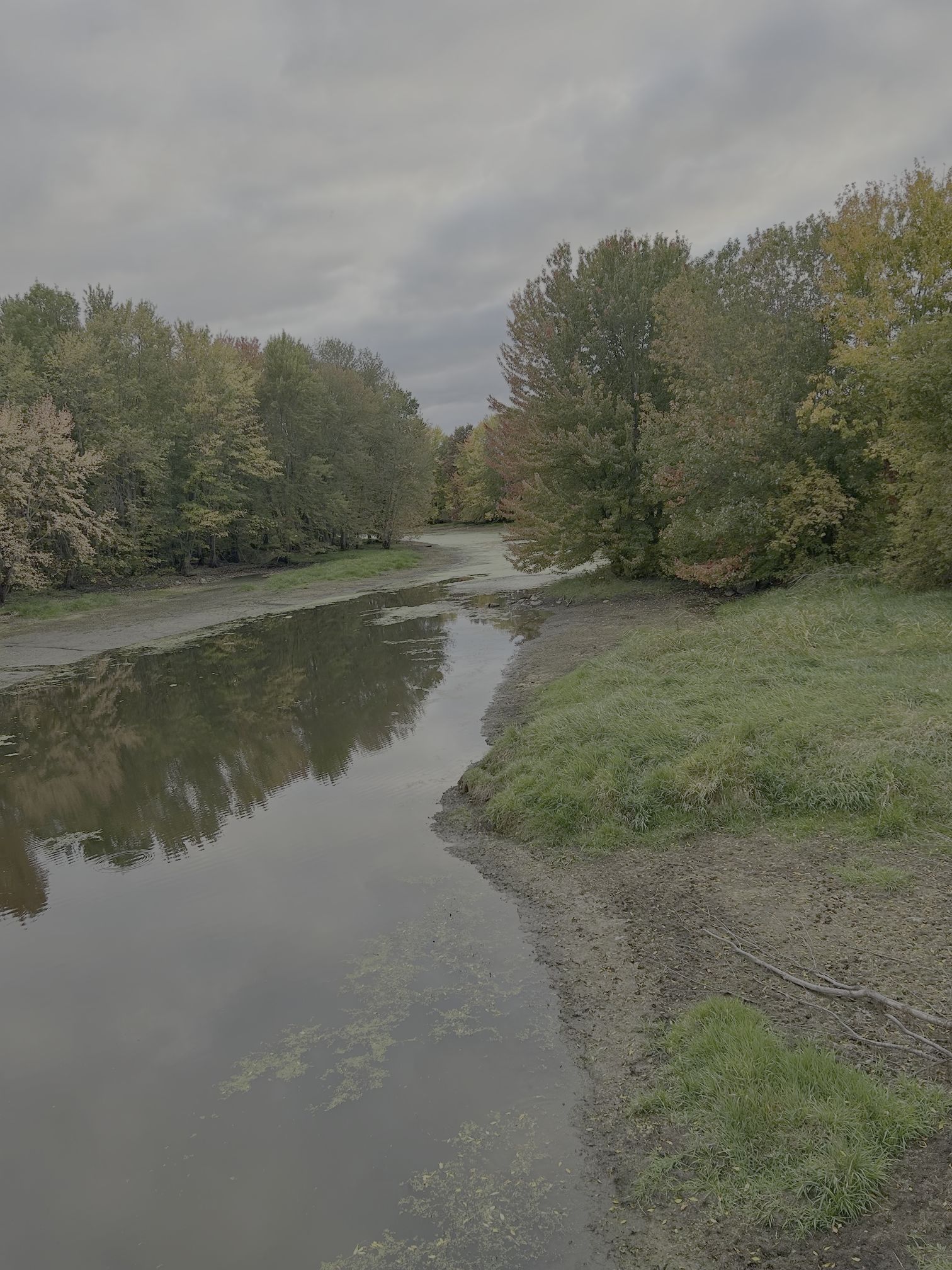- Peace and Environment News
- Posts
- What is causing the drought in the Ottawa Valley?
What is causing the drought in the Ottawa Valley?

This is a reprint of the latest Watershed Ways column published October 2025 by the Ottawa River Institute, a non-profit, charitable organization based in the Ottawa Valley that aims to foster sustainable communities and ecological integrity in the Ottawa River watershed. You can find an earlier version of the article published in the Madawaska Valley Current, here.
According to the Canadian drought monitor, most of Eastern Ontario, includiong the City of Ottawa, is experiencing severe to extreme drought right now. Much of Eastern Canada and parts of the West are also affected.
Some limited relief In the Ottawa Valley is likely soon, but experts say a prolonged period of much more substantial rainfall is needed to alleviate the deficit and replenish deep soil moisture and groundwater levels
A recent report from the World Meteorological Organization warns that the water cycle has become increasingly erratic and extreme, swinging between deluge and drought.
“It’s true that a warmer atmosphere causes higher rates of evaporation of moisture from the land, but putting the blame for drought on burning of fossil fuels leaves out a really big part of the story, the story that some have dubbed the ‘living climate’…”
The curious among us want to know what is causing these drought conditions. We often see the statement that, “Climate change, driven by the burning of fossil fuels, has increased the likelihood and severity of drought.” But is this the full story or only part of it?
It’s true that a warmer atmosphere causes higher rates of evaporation of moisture from the land, but putting the blame for drought on burning of fossil fuels leaves out a really big part of the story, the story of what some have dubbed the “living climate.”
Greenhouse gases like carbon dioxide do trap heat, but they don’t cause heat. The sun’s rays are the source of heat and it really matters a lot what kind of surface the sun’s rays fall on at ground level. If they fall on a mature mixed forest or other healthy diverse plant life, much of the sunlight is absorbed by the plants and used to make carbohydrates and transpire water vapour.
Transpired water vapour carries embodied heat high into the atmosphere where some of it can be released to outer space. Healthy forest ecosystems also seed clouds causing much of the transpired water vapour to fall back down as rain thus keeping moisture in the local area and replenishing groundwater.

Low water level in the Snake River near Cobden, Ontario. Image Credit: Bob Dobson
Conversely, when the sun’s rays fall on surfaces that have been cleared of their natural healthy vegetation, the resulting heat builds up, heating manmade surfaces and the ambient air making our environment hotter. This hotter air gets trapped by the greenhouse gas layer and warms the atmosphere.
Human land use patterns of draining, paving, deforesting and ploughing have thus prevented the movement of heat to the upper atmosphere by plants and have interfered with local moisture cycling. They have also dried out the land and reduced its water-holding capacity leaving less water in watercourses, soil and aquifers.
Transpiration of water vapour and seeding of clouds by mature mixed forests is part of the cycling of water locally and around the planet in large and small water cycles. The scientists who study these water cycles suggest they are elegant and sophisticated mechanisms for regulating Earth’s climate that have developed over millions of years. Some scientists suggest that mature forests are intelligent and time their transpirations to maximize water retention and recycling.
These scientists are telling us that water cycles are broken. Too much of the Earth’s surface has been stripped of healthy mature forests and replaced with asphalt and monoculture plantations.
They say we need to preserve all of the healthy, climate-regulating forests that we have left on Earth. We also need to distinguish between mature, climate-regulating forests and “tree plantations.” The latter simply do not have the same ability to regulate the climate and are more susceptible to forest fires and droughts.
If you’d like to know more about the complex ways that humans are causing drought and how we can reverse the trends, check out the recent interview with scientist Anastasia Makarieva on YouTube entitled “Why we need forests: their Vital Role in Climate Dynamics, Rain, and The Biotic Pump.” Another excellent source of information about the new science of the “Living Climate” is the substack called “The Climate Water Project.”
Reply